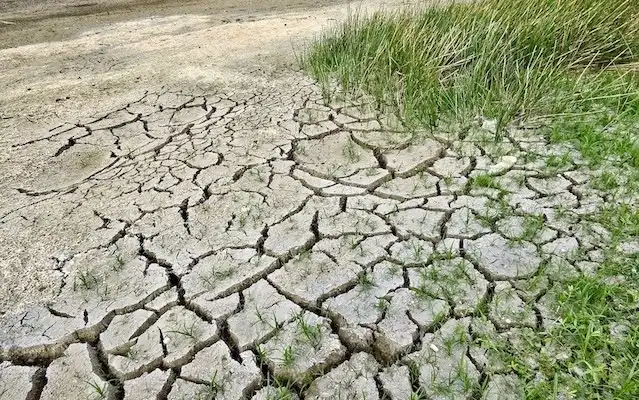At the two most recent meetings of the United Nations Framework Convention on Climate Change, delegates agreed to establish a fund to help developing nations suffering loss and damage due to events linked to climate change, such as floods, heat waves, and droughts. As the fund gets up and running, it will likely call upon event attribution science to weigh in on which events are caused or exacerbated by climate change.
In a perspective, Dim Coumou and colleagues tackle the question of how to ethically offer solid science while acknowledging inherent uncertainties. The authors recommend that as extreme events occur—or even before their occurrence—scientists rapidly produce qualitative attribution statements so that funds can be released to governments, even in cases where lack of data make quantitative attribution statements impossible. The work is published in PNAS Nexus.
Such qualitative statements can be based on general principles of physics, such as the predicted increases in short-duration heavy precipitation wherever temperatures rise—especially in the already warm tropics. Event attribution experts will also be called upon to give advice on effectively allocating the fund’s money to minimize future loss and damage. The authors propose a multi-method hazard framework to deal with uncertainties in a traceable way.
In addition, the authors demonstrate the usefulness of local knowledge, expertise, and context in any analysis. Putting these recommendations together, the authors call for attribution science outputs that integrate qualitative physics, a range of quantitative methods to deal with hazard attribution, and detailed storyline approaches incorporating local information on vulnerability and exposure—all while clearly communicating uncertainties.
According to the authors, with climate extremes already impacting nations around the globe, particularly developing nations, funds for loss and damage should be spent swiftly and wisely—and attribution science has a key role to play in ensuring that outcome.
Read the paper: PNAS Nexus
Article source: Phys.org
Image credit: Jody Davis / Pixabay






